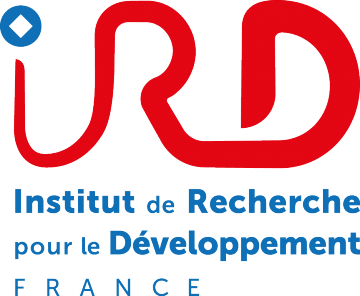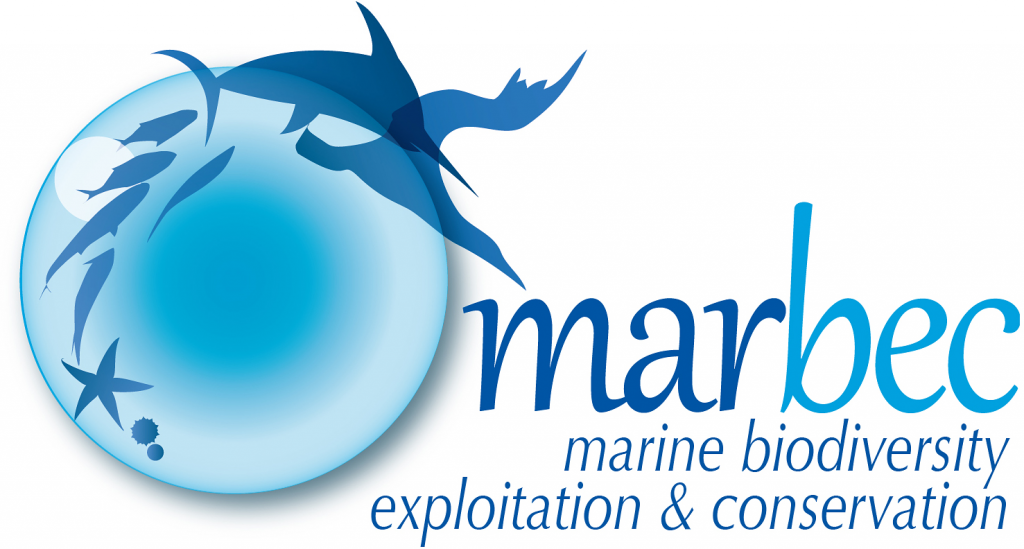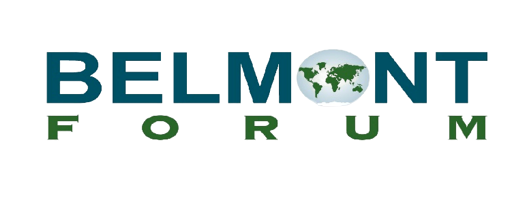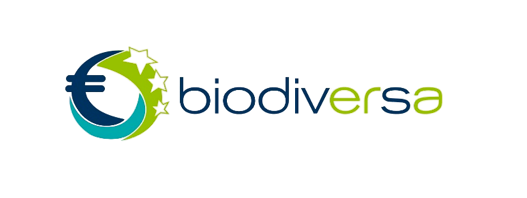README.md
In osmose-model/osmose: Object Oriented Simulator of Marine Ecosystems

OSMOSE: Modelling Marine Exploited Ecosystems
Overview
OSMOSE is a multispecies and Individual-based model (IBM) which focuses on fish species. This model assumes opportunistic predation based on spatial co-occurrence and size adequacy between a predator and its prey (size-based opportunistic predation). It represents fish individuals grouped into schools, which are characterized by their size, weight, age, taxonomy and geographical location (2D model), and which undergo major processes of fish life cycle (growth, explicit predation, natural and starvation mortalities, reproduction and migration) and fishing exploitation. The model needs basic biological parameters that are often available for a wide range of species, and which can be found in FishBase for instance, and fish spatial distribution data. This package provides tools to build a model and run simulations using the OSMOSE model. See http://www.osmose-model.org/ for more details.
Installation
# The easiest way to get osmose is from CRAN:
install.packages("osmose")
# Or the development version from GitHub:
# install.packages("devtools")
devtools::install_github("osmose-model/osmose")
Documentation and usage
osmose includes several ways to get help and test his functions: demo scripts, vignettes and help files.
Help files
In order to get information about any function, the user just have to ask it by ? command:
# Help file of read_osmose function
?read_osmose
# Help file of available plot methods
?plot.osmose
Demo scripts
The users can test the main functions by using demo scripts (embedded on the package root). In order to access to them, they need to run the demo command:
# Check all the available topics
demo(package = "osmose")
# Select and run one of the topics (e.g. osmose.config_class)
demo(package = "osmose", topic = "osmose.config_class")
Vignettes
Vignettes can be a good simple way to review all the main functions, because they will be showed as a html. The commands to call are pretty similar to demo scripts:
# Check all the available topics
vignette(package = "osmose")
# Select and run one of the topics (e.g. osmose.config_class)
vignette(package = "osmose", topic = "create_run_read")
References
Official website of the model, including info about the development of the project as well as references.
Documentation website with information of parameters of java model (the core).
Github site where the development code is placed.
Using documentation plugins
Some documentation tools (Javadoc, PlantUML diagrams) can be generated using Maven plugins, which are defined in the pom.xml file.
Building Javadoc
mvn javadoc:javadoc
The Javadoc will be stored on the doc/_static/javadoc/apidocs/ folder.
Generate PlantUML diagrams
To generate PlantUML diagrams for the full Osmose project:
mvn plantuml-generator:generate@osmose-full
The PlantUML diagram will be stored on doc/_static/puml
To convert the resulting diagram in an image format (SVG for instance), the PlantUML tool is required. When
the diagram has been generated, type:
plantuml -tsvg doc/_static/puml/osmose-full.puml
Acknowledgements






osmose-model/osmose documentation built on Feb. 16, 2023, 5 a.m.
OSMOSE: Modelling Marine Exploited Ecosystems
Overview
OSMOSE is a multispecies and Individual-based model (IBM) which focuses on fish species. This model assumes opportunistic predation based on spatial co-occurrence and size adequacy between a predator and its prey (size-based opportunistic predation). It represents fish individuals grouped into schools, which are characterized by their size, weight, age, taxonomy and geographical location (2D model), and which undergo major processes of fish life cycle (growth, explicit predation, natural and starvation mortalities, reproduction and migration) and fishing exploitation. The model needs basic biological parameters that are often available for a wide range of species, and which can be found in FishBase for instance, and fish spatial distribution data. This package provides tools to build a model and run simulations using the OSMOSE model. See http://www.osmose-model.org/ for more details.
Installation
# The easiest way to get osmose is from CRAN:
install.packages("osmose")
# Or the development version from GitHub:
# install.packages("devtools")
devtools::install_github("osmose-model/osmose")
Documentation and usage
osmose includes several ways to get help and test his functions: demo scripts, vignettes and help files.
Help files
In order to get information about any function, the user just have to ask it by ? command:
# Help file of read_osmose function
?read_osmose
# Help file of available plot methods
?plot.osmose
Demo scripts
The users can test the main functions by using demo scripts (embedded on the package root). In order to access to them, they need to run the demo command:
# Check all the available topics
demo(package = "osmose")
# Select and run one of the topics (e.g. osmose.config_class)
demo(package = "osmose", topic = "osmose.config_class")
Vignettes
Vignettes can be a good simple way to review all the main functions, because they will be showed as a html. The commands to call are pretty similar to demo scripts:
# Check all the available topics
vignette(package = "osmose")
# Select and run one of the topics (e.g. osmose.config_class)
vignette(package = "osmose", topic = "create_run_read")
References
Official website of the model, including info about the development of the project as well as references. Documentation website with information of parameters of java model (the core). Github site where the development code is placed.
Using documentation plugins
Some documentation tools (Javadoc, PlantUML diagrams) can be generated using Maven plugins, which are defined in the pom.xml file.
Building Javadoc
mvn javadoc:javadoc
The Javadoc will be stored on the doc/_static/javadoc/apidocs/ folder.
Generate PlantUML diagrams
To generate PlantUML diagrams for the full Osmose project:
mvn plantuml-generator:generate@osmose-full
The PlantUML diagram will be stored on doc/_static/puml
To convert the resulting diagram in an image format (SVG for instance), the PlantUML tool is required. When the diagram has been generated, type:
plantuml -tsvg doc/_static/puml/osmose-full.puml
Acknowledgements






Add the following code to your website.
For more information on customizing the embed code, read Embedding Snippets.


